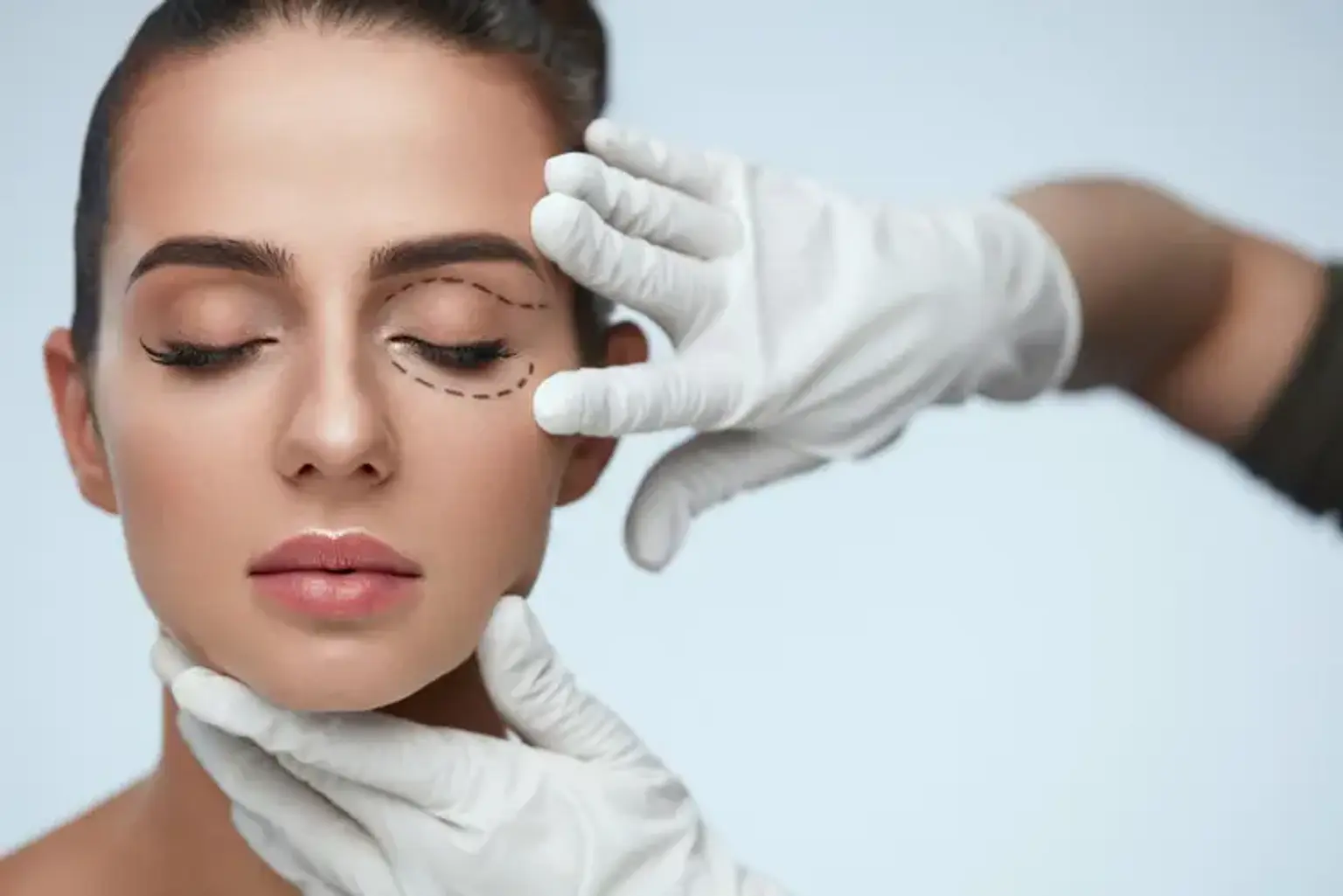Introduction
What is Blepharoplasty?
Blepharoplasty, commonly known as eyelid surgery, is a cosmetic procedure designed to improve the appearance of the eyelids. This surgery involves the removal of excess skin, fat, or muscle from the upper or lower eyelids, offering a rejuvenated, youthful appearance. It's a popular procedure for individuals who experience drooping eyelids, puffiness under the eyes, or general aging signs around the eyes. In addition to enhancing aesthetics, blepharoplasty can also restore vision that may be obstructed by sagging eyelid skin.
As one of the most sought-after facial surgeries worldwide, blepharoplasty plays a significant role in both cosmetic and functional rejuvenation. While the procedure can be performed for medical reasons (such as improving vision), many patients choose blepharoplasty to rejuvenate their face and reverse the signs of aging. Given its popularity, especially in countries like South Korea, it’s essential to understand the cost of blepharoplasty and where to find affordable, high-quality options.
Why is Blepharoplasty Popular Worldwide?
Eyelid surgery is gaining immense popularity across the globe, particularly in countries renowned for their advanced cosmetic surgery industries like South Korea. Blepharoplasty provides patients with a way to look younger, reduce under-eye bags, and eliminate the tired look that often comes with aging. For many individuals, achieving a more alert and youthful appearance through blepharoplasty can significantly improve their self-esteem and overall confidence.
In particular, South Korea has become a leader in cosmetic surgery, offering world-class procedures, including blepharoplasty, at more affordable rates compared to many Western countries. Whether for cosmetic enhancements or functional improvements, patients from all over the world are traveling to Korea to benefit from its expertise in this field. The combination of highly skilled surgeons, state-of-the-art technology, and more competitive pricing makes blepharoplasty in Korea an attractive option for international patients seeking high-quality results.
Understanding Blepharoplasty
The Blepharoplasty Procedure
